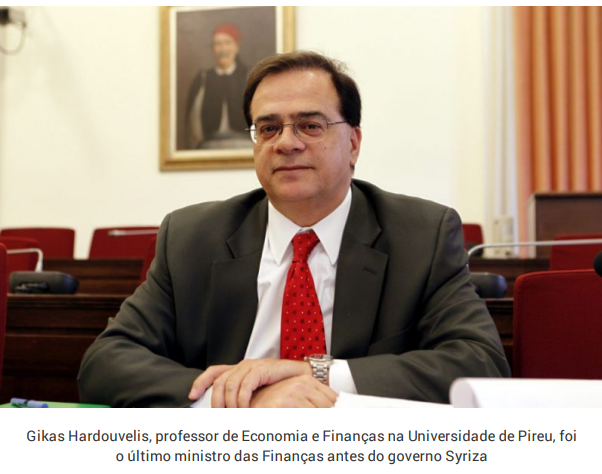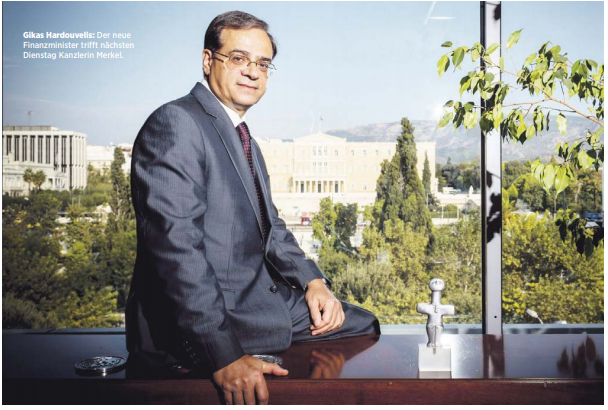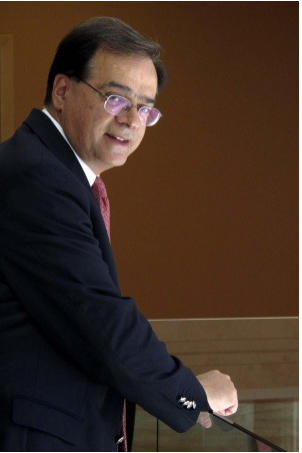Συνέντευξη
Biznis (Serbia)
September 4, 2009
Abstract:
Questions to Prof. Gikas Hardouvelis
1. How do you comment on the consequences of the economic crisis impact on South East European countries, including Serbia, which were perceived until 2008 as the countries with strong and dynamic growth?
In the years preceding the crisis, the South East European (SEE) countries had experienced strong growth. Between 2005 and 2008, the average annual economic growth in the SEE region was almost 6%. Yet this growth was not sustainable as domestic demand was growing faster than domestic supply, creating rising current account deficits and unprecedented rates of FDI inflows.
Moreover, a lot of FDI did not necessarily go to the tradable sector, supporting consumption instead of investment. Also, easy access to cheap money by foreign banks for both households and firms, while necessary in the beginning, reached high rates and boosted an unnecessarily spectacular credit expansion.
Serbia and the other SEE economies were overheating when the crisis hit in the last quarter of 2008. As we all know, this was an international crisis of great proportions.
For the first time since the Great Depression, we observed negative world economic growth. Yet the crisis had a side blessing in disguise: it prevented further overheating by bursting the credit bubble relatively early and thus the SEE region avoided a repetition of the very negative Baltic experience.









